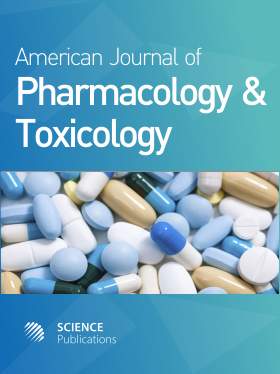Observations on the Relationship between Opioid Medications, Illicit Drugs and Heroin Use in Pain Patients
- 1 University of California, Canada
- 2 UCSD Medical Center, United States
- 3 University of California San Diego, United States
- 4 University of California, United States
Abstract
Problem statement: Patients on chronic opioid therapy are monitored to detect illicit drug use in order to deter diversion of their prescription opioids and to ensure medication adherence. The addictive potential of opioid drugs and their similar binding sites in the brain may make them potential gateway drugs for each other. Recent reports indicate that oxycodone has a high probability of leading to heroin use due to heroin’s similar effects and lower cost. This study explores the correlations between heroin abuse, prescription opioids and illicit drugs using urinary excretion data from pain patients. Approach: This retrospective analysis was conducted using a database of 148,200 urine samples from pain patients during routine drug screening at Millennium Laboratories between 2008 and 2010. Samples were tested for the presence of the heroin metabolite, 6-acetylmorphine (6-AM). All samples were analyzed and were quantified using LC-MS-MS. Microsoft® Excel 2007 and OriginPro® 8.1 were used to calculate percentages and ratios relating heroin use to opioid medications and illicit drugs. Results: Of the 446 samples positive for 6-AM, methadone was concomitantly used most frequently (26.7%) followed by cocaine (25.6%), oxycodone (24.2%), hydrocodone (16.4%), marijuana (11.6%), buprenorphine (4.9%) and methamphetamine (4.7%). The high percentage of concomitant methadone is expected because a portion of patients were likely to be on methadone maintenance therapy for heroin withdrawal. Patients on oxycodone were twice as likely to test positive for 6-AM than those on hydrocodone(0.28% versus 0.14%). Conclusions/Recommendations: Our results indicate that patients on methadone should be most closely monitored for heroin abuse due to their high proportion of concomitant use. The proportions of concomitant use were similar between oxycodone and cocaine and were both considerably higher than marijuana, a purported gateway drug for heroin. This study suggests that oxycodone may be highly correlated with heroin use. Urine samples must be assessed in the full clinical context.
DOI: https://doi.org/10.3844/ajptsp.2011.5.10

- 4,704 Views
- 4,104 Downloads
- 3 Citations
Download
Keywords
- Urine drug testing
- opioids illicit drugs
- buprenorphine
- xycodone
- opioid medications
- illicit drug
- marijuana
- euphoric properties
- heroin abuse
- histogram
- methadone, illicit drugs
